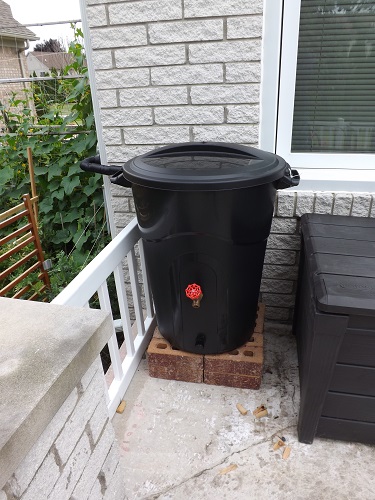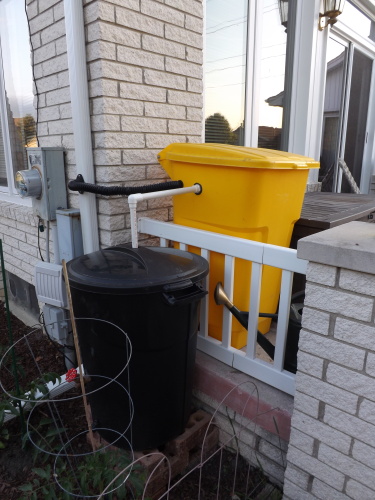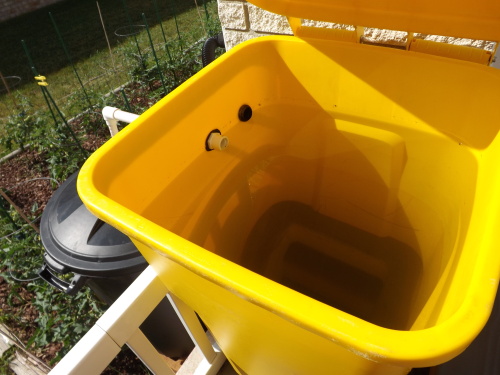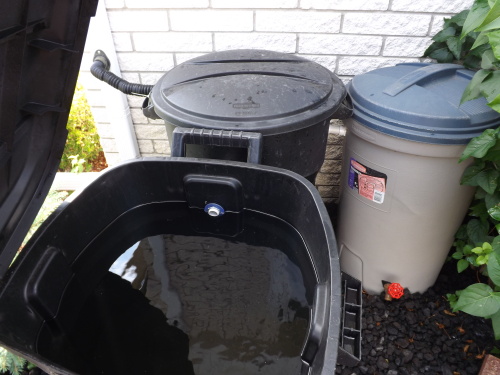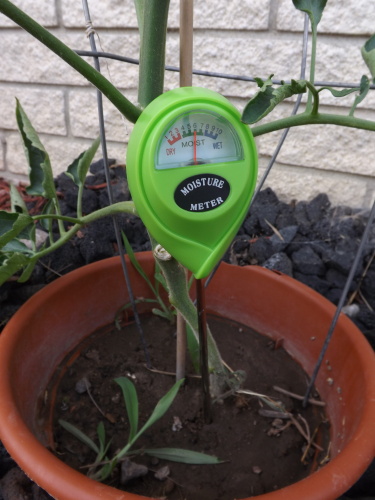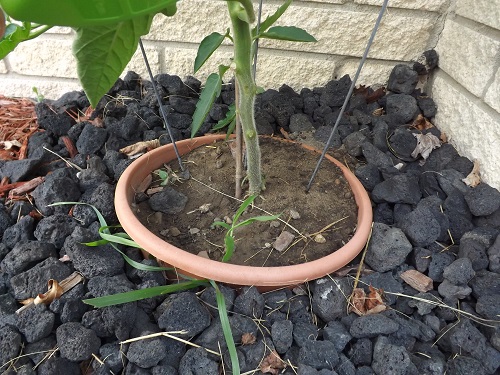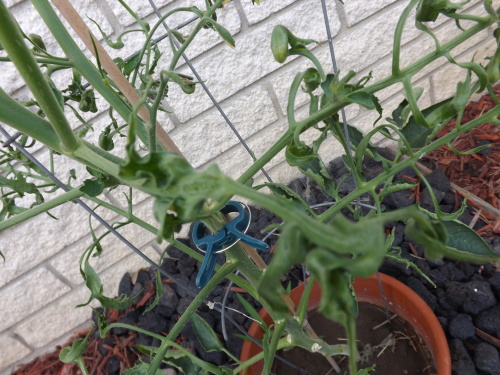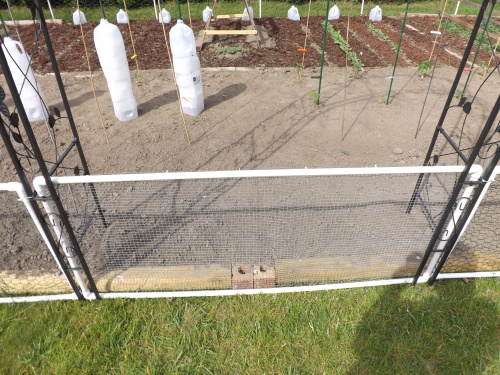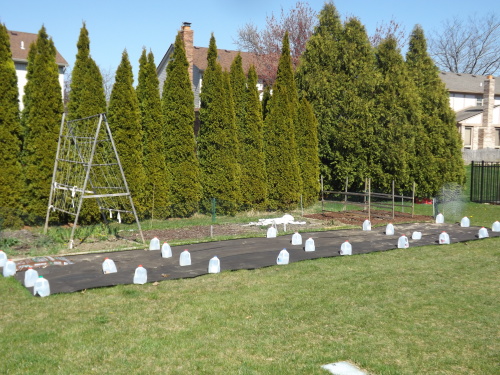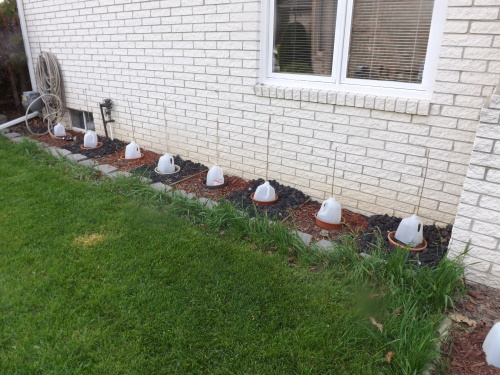Last year I learned how to propagate my strawberry plants (check out my post Strawberry Propagation) and ended up with a ton of little plants in need of a home. After setting up the little guys on the side of the house I patiently waited until spring to see if the new plants would flower and bear fruit.
As soon as the weather broke the new strawberry plants picked up right where they left off and began growing. Very quickly they formed tiny flowers which soon turned into berries. Unfortunately the strawberries disappeared almost as fast as they were forming.
Last year we had this problem with our original plants and thought that perhaps the squirrels were making off with our bounty. This year I learned it wasn’t the squirrels, or at least not only the squirrels, but also the birds that were making short work of the strawberries that were forming. What I couldn’t believe was that whoever was stealing the fruit, wasn’t even waiting for the strawberries to turn red. No sooner would a green berry form, and the next day it would be gone.
Frustrated and out for blood I decided something had to be done. Seeing as bear traps and land mines might have been considered over-kill, I opted to fall back on my ever-favorite gardening helper — PVC pipe. I outlined one of the areas where the strawberries had been planted with a PVC frame, made legs that would raise it about 12″ from the ground and then covered it with deer block netting being sure to drape it over the sides so nothing could sneak in underneath. I was going to use bird block netting, but it was more expensive so opted for the deer block instead.
Once the frame was made I carefully placed it over the strawberry plants and waited. Although there were two other areas where the strawberries were being eaten, I didn’t want to invest the time and money into making the frames if 1. it didn’t work or 2. the netting stopped the bees from pollinating the flowers. I wasn’t as concerned about the frame not doing its job as I was about the bees being able to get in and pollinate. Strawberries will form without pollination, but they would be deformed and small.
For several weeks I watched as flowers formed and then tiny strawberries took their place. Slowly the strawberries began to grow and then turn red.
Success!
Not a single berry has been stolen or damaged and there are strawberries on every plant. Unfortunately the other two areas where the strawberries are haven’t fared so well. This is going to be remedied however when I make a frame for each of these areas as well.
This might not be the answer for everyone as you might have a strawberry patch too big to allow making a frame like this economical or practical, but for my tiny 10 foot by 4 foot patch it is perfect. The only change I might make to the currently standing frame is to put an additional support/leg in the middle of the longest side to give it additional support. Plus I need to remove all the rocks so all the runners can be propagated and planted in between the existing plants.
My strawberry plants produce fruit all summer. Now that my frame has secured the plants I’m sure to be enjoying mouthfuls of sweetness well into September, and for this I am — Simply Grateful.








